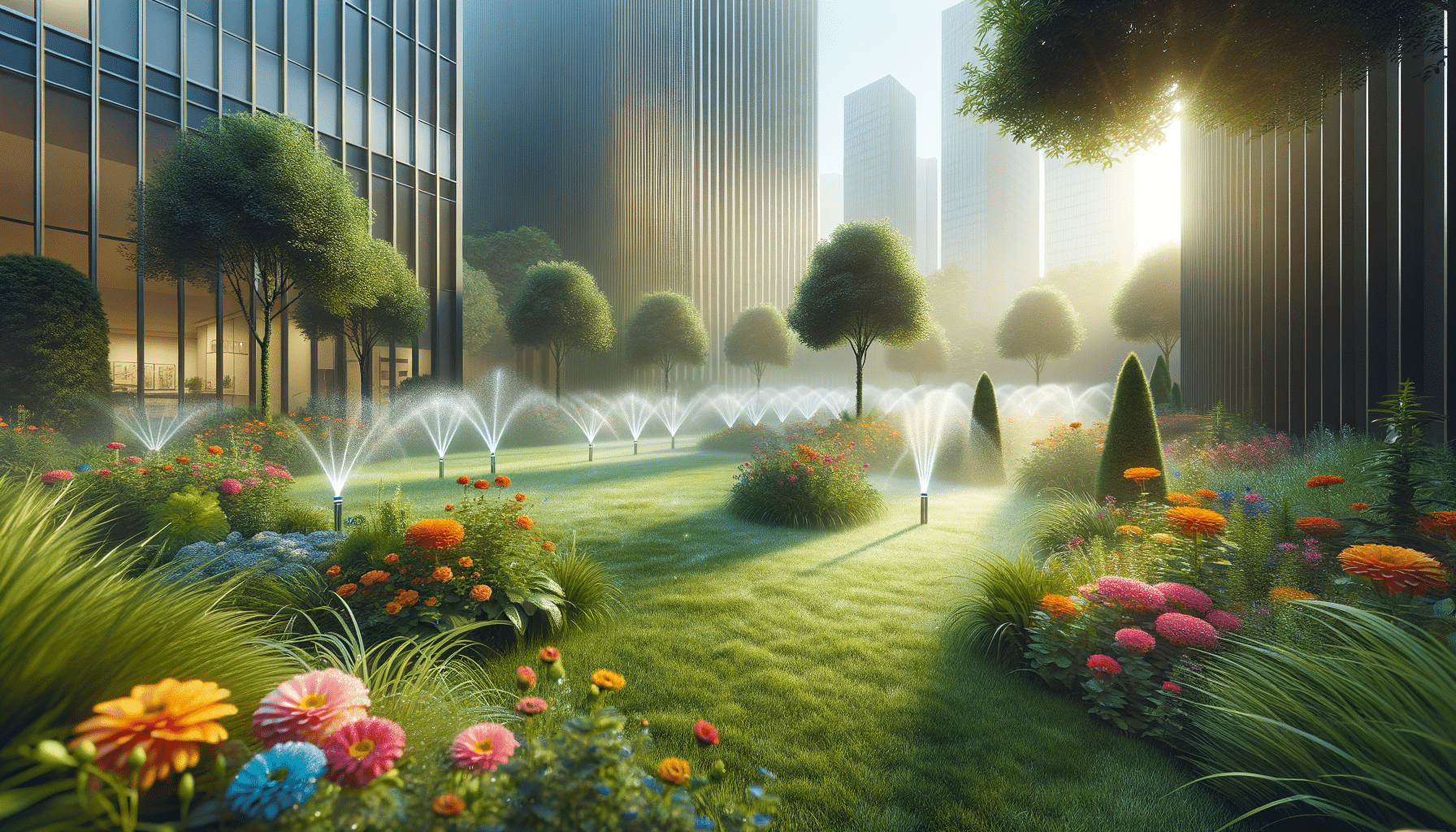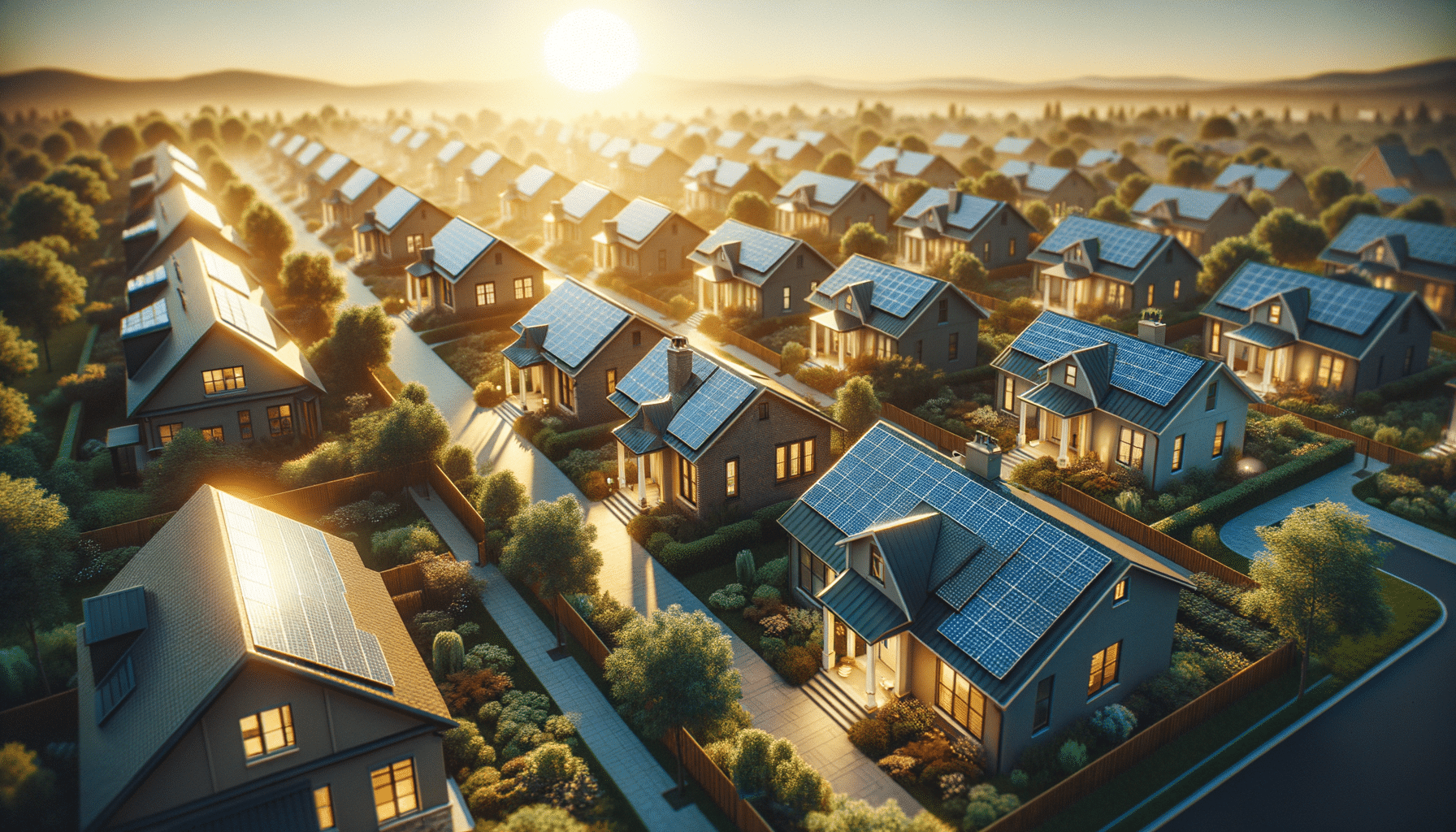
The Future of Urban Development: Sustainable Cities
As urban landscapes continue to evolve, the concept of sustainable cities is gaining momentum as a crucial component of urban development planning. These cities are designed with a focus on environmental, social, and economic sustainability, aiming to create urban environments that are livable, resilient, and efficient.
Understanding Sustainable Cities
Sustainable cities are urban areas that prioritize the reduction of environmental impact while enhancing the quality of life for their inhabitants. This involves integrating green spaces, promoting renewable energy, and optimizing resource use.
Expert Insights
According to the World Economic Forum, cities consume over two-thirds of the world’s energy and account for more than 70% of CO2 emissions. This highlights the need for sustainable urban planning.
Statistics and Research
Research by the United Nations indicates that by 2050, 68% of the world population is projected to live in urban areas. This underscores the urgency for sustainable development practices to cater to the increasing urban population.
Real-World Examples
Consider the city of Copenhagen, which aims to become carbon neutral by 2025. Its commitment to sustainability is evident in its extensive cycling infrastructure and investments in renewable energy.
Actionable Tips for Building Sustainable Cities
- Invest in public transportation systems to reduce reliance on private vehicles.
- Encourage the use of renewable energy sources, such as solar and wind power.
- Implement green building standards for new developments.
- Create more green spaces to improve air quality and enhance urban biodiversity.
- Engage communities in sustainability initiatives to foster collective responsibility.
Comparing Urban Development Strategies
| Strategy | Benefits | Challenges |
|---|---|---|
| Public Transportation | Reduces emissions, decreases traffic congestion | Requires significant investment |
| Renewable Energy | Decreases carbon footprint, long-term savings | Initial setup costs can be high |
| Green Buildings | Energy-efficient, improves occupant health | Higher initial construction costs |
| Urban Green Spaces | Enhances biodiversity, improves air quality | Limited space in dense urban areas |
| Community Initiatives | Fosters engagement, promotes awareness | Requires sustained effort and participation |
| Smart Technologies | Improves efficiency, reduces waste | Data privacy concerns |
| Waste Management | Reduces landfill usage, recycles materials | Requires public cooperation |
| Water Conservation | Preserves resources, reduces costs | Implementation can be complex |
FAQs
What are the key components of a sustainable city?
A sustainable city incorporates efficient public transport, renewable energy, green spaces, and smart technologies to minimize environmental impact and enhance quality of life.
How can individuals contribute to urban sustainability?
Individuals can support urban sustainability by using public transport, conserving energy, participating in community programs, and advocating for green policies.
Conclusion
In conclusion, the future of urban development lies in the creation of sustainable cities that balance growth with environmental stewardship. By adopting strategies like renewable energy and smart technologies, cities can thrive while minimizing their ecological footprint. As we continue to plan for the future, it is essential to prioritize sustainability in urban development to ensure a healthy, vibrant world for generations to come.


